 |
Christoph supplied the following graphs to show the efficacy of his amplifier design by measured behavior. Key concerns were low distortion, wide bandwidth, high speed and linearity. Biographical highlights accompany the graphs.
|
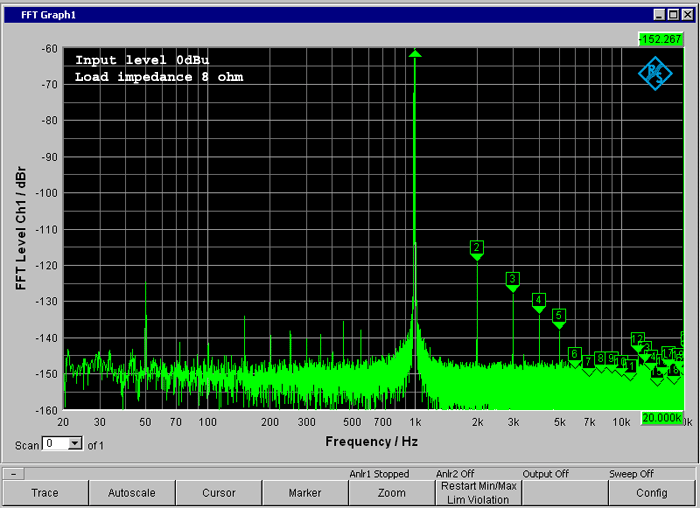
Christoph Schürmann was born in 1964 in Bremen/Germany and attended a technical school in Bavaria before starting a Volkswagen/Audi apprenticeship in motor vehicle repair and maintenance. He then began playing keyboards and guitars and investigated technical solutions for recording and producing music. Autodidact immersion in electronic circuit design paralleled the assembly of his own recording studio which opened in 1988.
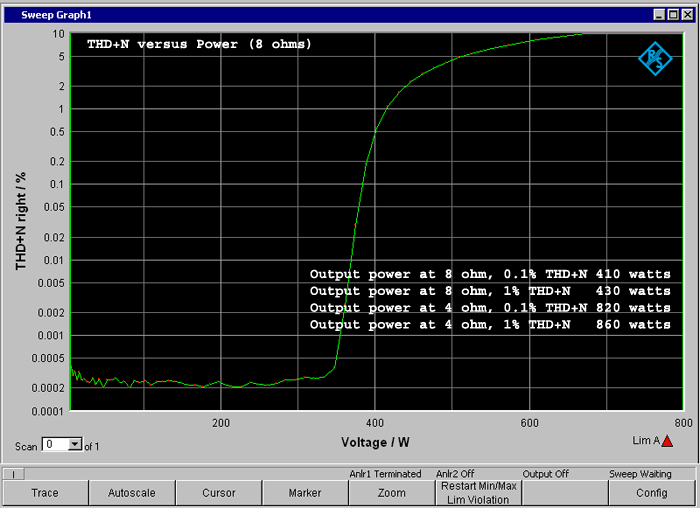
A year earlier, the Marlboro Music Festival for new bands had attracted 1200 contest submissions. Three Pop/Rock numbers composed, produced and recorded by Schürmann were selected for a live concert performance at Munich's Circus Krone building where they garnered second place. While some band members signed subsequent contracts with Marlboro Music, Christoph decided to focus on technology rather than the music business.
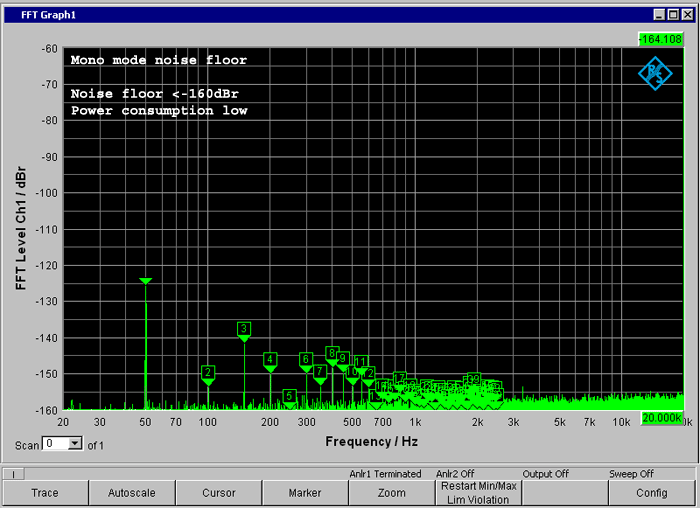
By 1986, he began studies as sound and recording engineer whilst giving lessons in his school and various music stores using his own 100-page 'Midi and Recording Handbook'. He also worked in his own and other recording studios which landed offers to plan, design and outfit them. Not content with the quality of certain mastering equipment, he modified some of it, added features to others or designed custom solutions altogether.
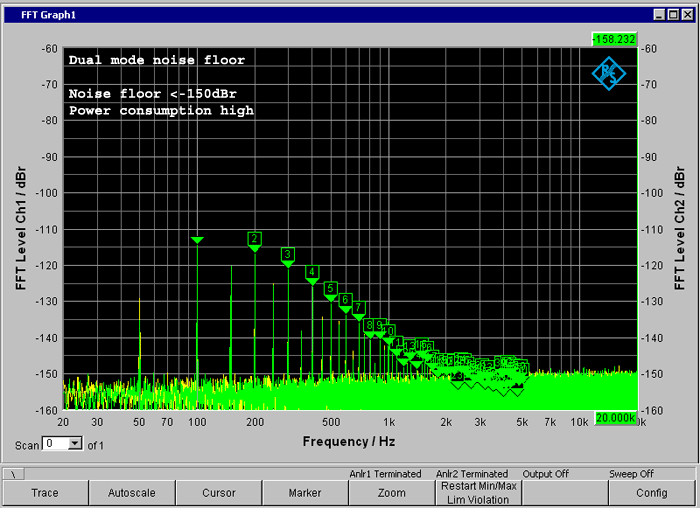
By 1993, he was awarded a patent for near noiseless computers and disk drives that operated at less than 15dB/A of noise. This invention was presented to Hewlett-Packard, Sun Microsystems and Digital. A second patent application not granted was on double-active pre control for enhanced audio amplifier performance. This would later form the basis for his Soulution designs. He also worked on many different projects involving microphone preamps, audio mixers, power supplies, active and passive loudspeakers, active crossovers, signal buffer/distribution devices and such. Together with his father, an electronic engineer at Texas Instruments who held 40 patents and worked as advanced development manager, Schümann built a series of self-calibrating antenna measuring devices. Another project involved 500 units of an RF video/audio modulator to reduce the complexity of switching channels and cable requirements.

Throughout, his core interest was ongoing R&D for audio amplifiers. The OEM modules he relied upon for active loudspeaker projects used conventional topologies to result in "standard performance". Such designs tended to champion MOSFETs whose assets of simple drive circuit requirements and thermal self-stabilization behavior were countered by the use of high feedback to obtain good measured performance.

He later assisted the Promedia company with custom audio/video conferencing solutions for corporate clients like ABB, Siemens, the German ZDF television station, Hansa, Eumetsat and BASF. These solutions included multi-channel amps with a downsized version of his custom amplifier circuit, modular audio mixers, infra-red interfaces, relay controllers, signal routers and active desktop speakers.
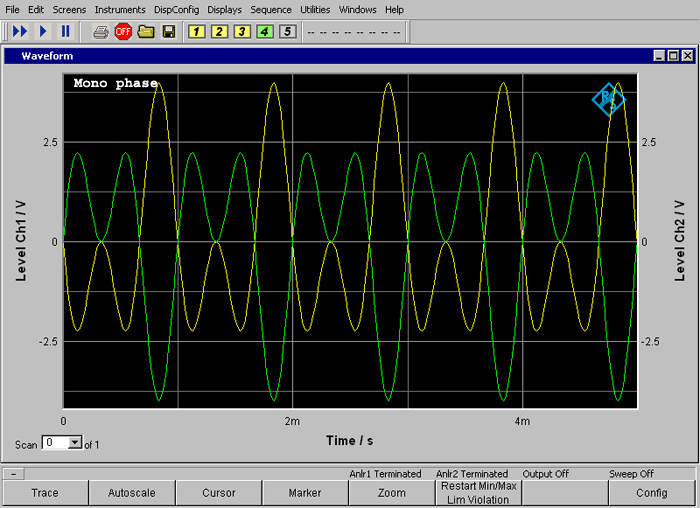
In 1996 and after finalizing work on his power amplifier design, Scheck Audio's owner of the audiolabor brand wanted to contract Schümann for the development of new audiolabor products but was turned down. A few weeks later Schürmann received a partnership offer instead to develop true high-end products for audiolabor. This he accepted and the outcome was audiolabor's 500 Series of mono amps, 511 preamp, 531 CD player, the Purist preamp and Christoph's original CD-1000 amplifier scaled to fit the audiolabor design in a MkII iteration.

By 1998, Schürmann began development on an uncompromised passive loudspeaker system called the CS L101. This was under the Schürmann HighEnd Audiosysteme brand since audiolabor wasn't into speakers. A matching active subwoofer completed this speaker system and was shown to Germany's Stereoplay magazine and demonstrated at the Luzern HighEnd show in 1999. Then Spemot AG entered the picture by commencing importation for both audiolabor and Schürmann products into Switzerland.
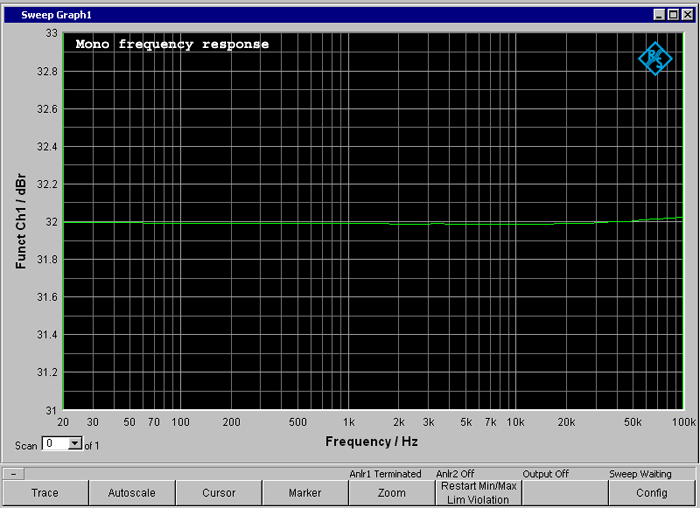
1999 brought new ideas for a more perfect amplifier topology which required additional research to perfect. A year later, Spemot hired him to perform the necessary research unshackled by any commercial restraints.
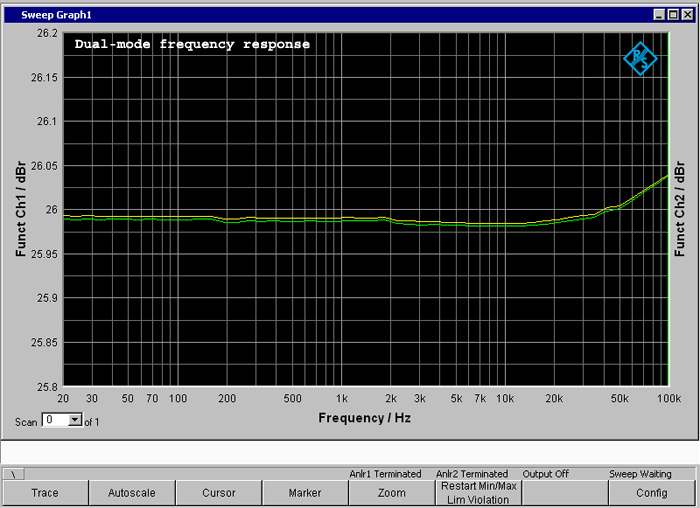
The 700 Series Soulution components with a novel implementation of the original DAPC double active pre-control circuit were the outcome of that work and Schürmann takes pride in his circuits' ultra-low distortion.
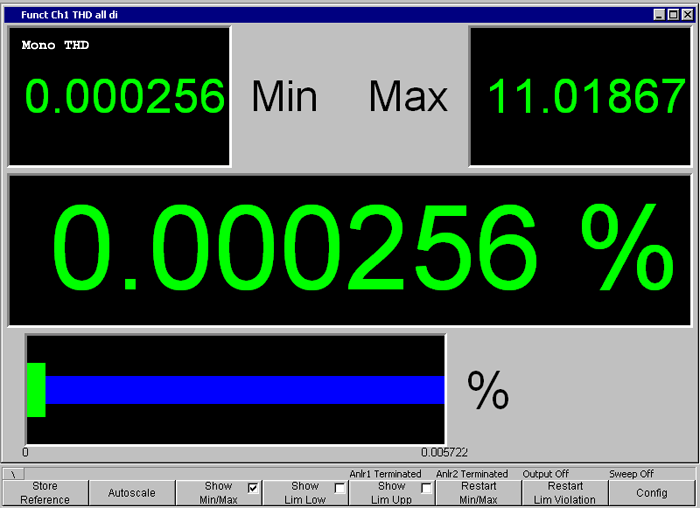
As he explained, standard 3-pin voltage regulators are far from load invariant. They in fact show clear voltage drops which occur over time before the voltage stabilizes again. This behavior is surprisingly worse at lower input signals to compromise small-signal fidelity. Here are two common examples of commercial regulator behavior. Notice the voltage drop at the amplifier output as the load on the regulator input changes. The first plot is for a higher input signal.
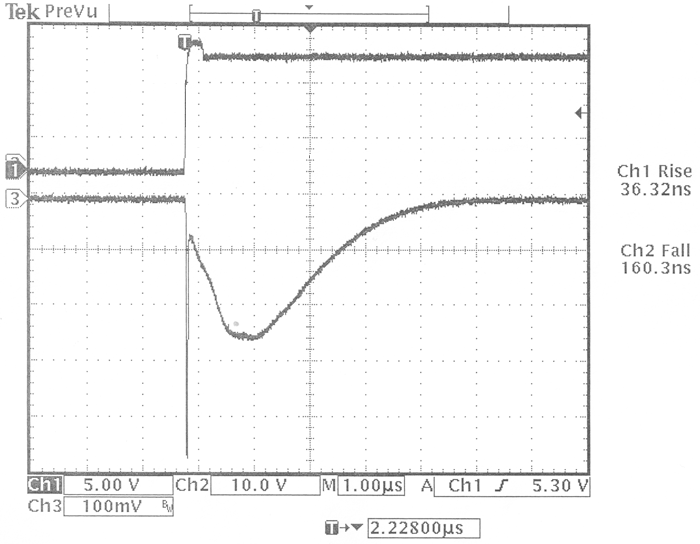
Here is the inverse scenario with a far lower input signal. Now the regulator misbehaves far worse before it regains its composure. If you're concerned with micro-signal fidelity, this is unacceptable behavior.

Here is how Soulution's discrete regulator behave. They suffer no voltage drops whatsoever.
 |
To demonstrate circuit stability and speed for different input voltages, Schürmann provided the following graphs. A square wave input at progressively higher voltages was measured across a load resistor augmented by a thermal stabilizing capacitor at the output. These graphs show very minimal slew rate effects regardless of input signal voltages. Naturally his screen display had to be scaled to accommodate the greater peak values. From first to last graph, slew rate decelerates by maximally 23.5 nano seconds - from 181.5ns to 205ns.




This last graph shows a worst-case scenario of 30 amperes of current or 1530 watts of output power. The amplifier's slew rate is barely affected to demonstrate near ideal behavior. Schürmann contests that no competing designs can claim the same.
He calls it true load invariance.

|
  |
 |
|